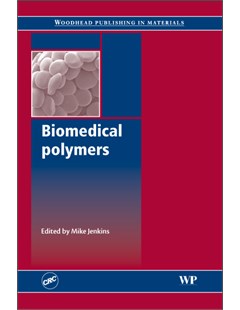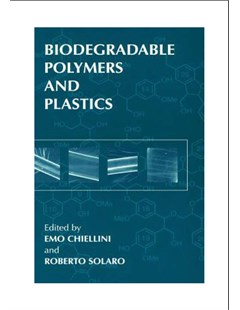Biodegradable polymers for industrial applications
Classification and development; Materials for production of biodegradable polymers; Properties and mechanisms of degradation; Industrial applications
2005
The vast majority of plastic products are made from petroleum-based synthetic polymers that do not degrade in a landfill or in a compost-like environment. Therefore, the disposal of these products poses a serious environmental problem. An environmentally-conscious alternative is to design/synthesize polymers that are biodegradable.
Biodegradable polymers for industrial applications introduces the subject in part one by outlining the classification and development of biodegradable polymers with individual chapters on polyhydroxyalkanoates, polyesteramides and thermoplastic starch biodegradable polymers and others. The second part explores the materials available for the production of biodegradable polymers. Polymers derived from sugars, natural fibres, renewable forest resources, poly(lactic acid) and protein-nanoparticle composites will be looked at in detail in this section. Part three looks at the properties and mechanisms of degradation, prefacing the subject with a chapter on current standards. The final part explores opportunities for industrial applications, with chapters on packing, agriculture and biodegradable polycaprolactone foams in supercritical carbon dioxide.
Biodegradable polymers for industrial applications explores the fundamental concepts concerning the development of biodegradable polymers, degradable polymers from sustainable sources, degradation and properties and industrial applications
Ray Smith. Biodegradable polymers for industrial applications, Woodhead Publishing Limited, 2005.
 |  |  |
Thứ Tư, 11:06 09/06/2021
Copyright © 2018 Hanoi University of Industry.